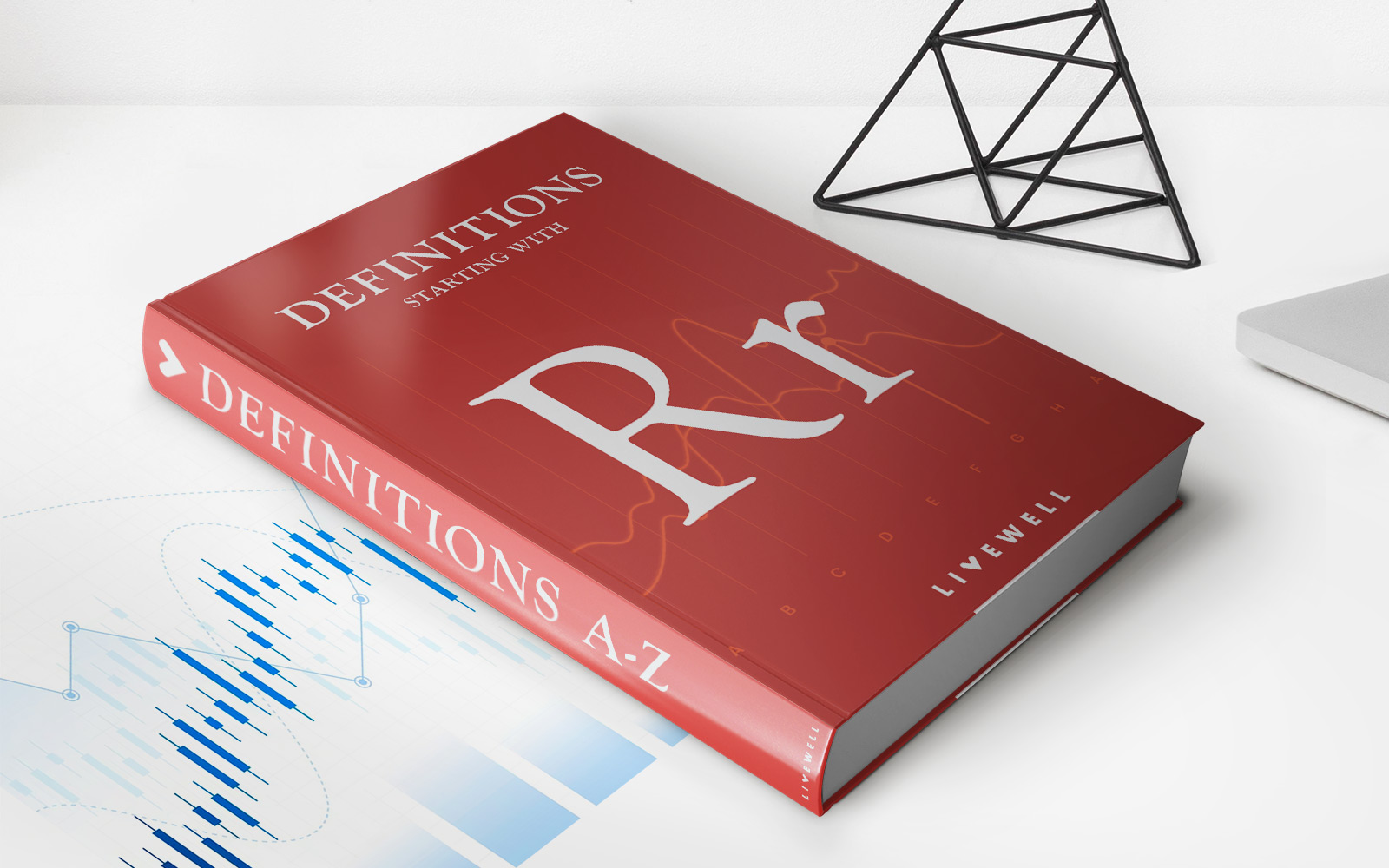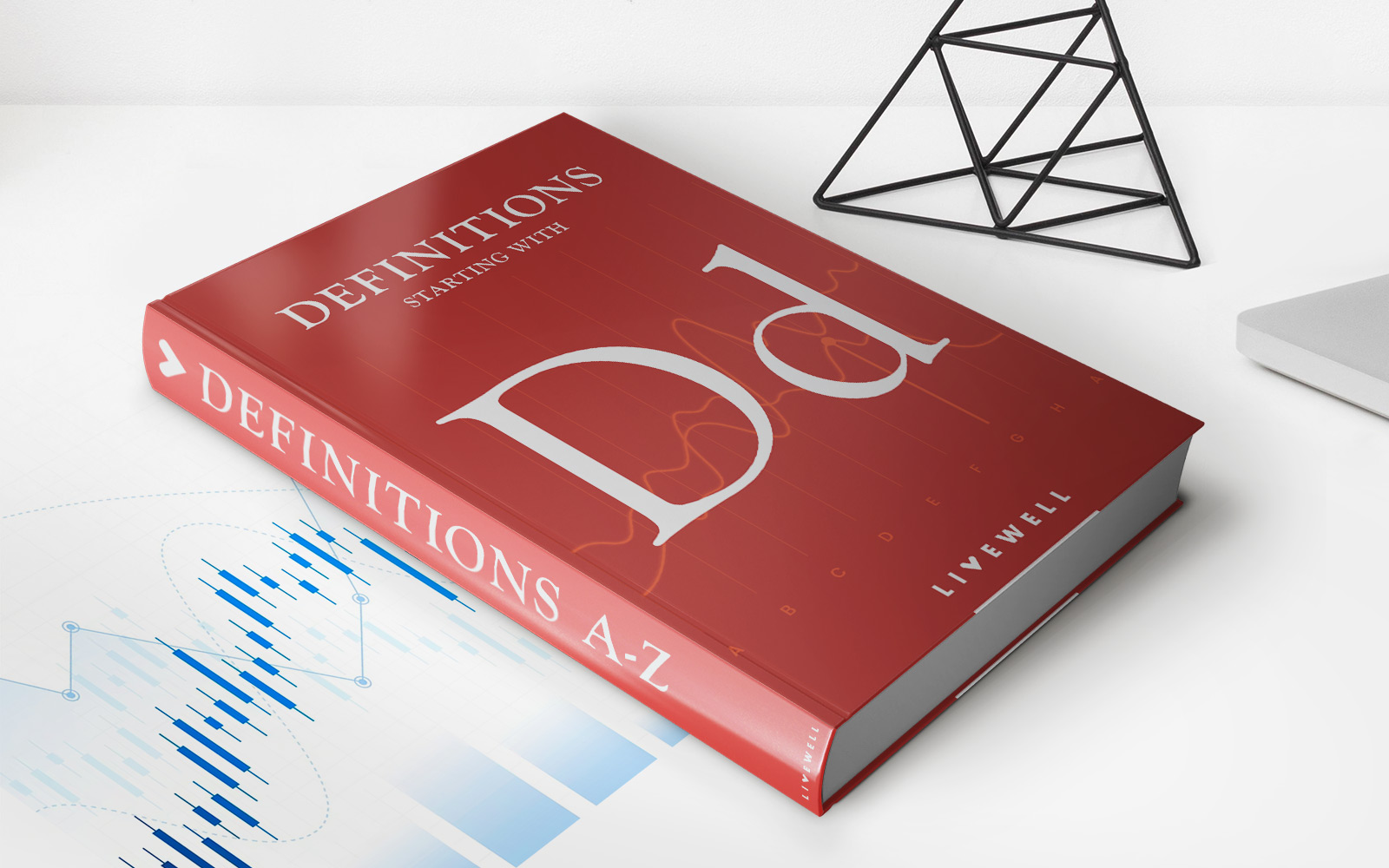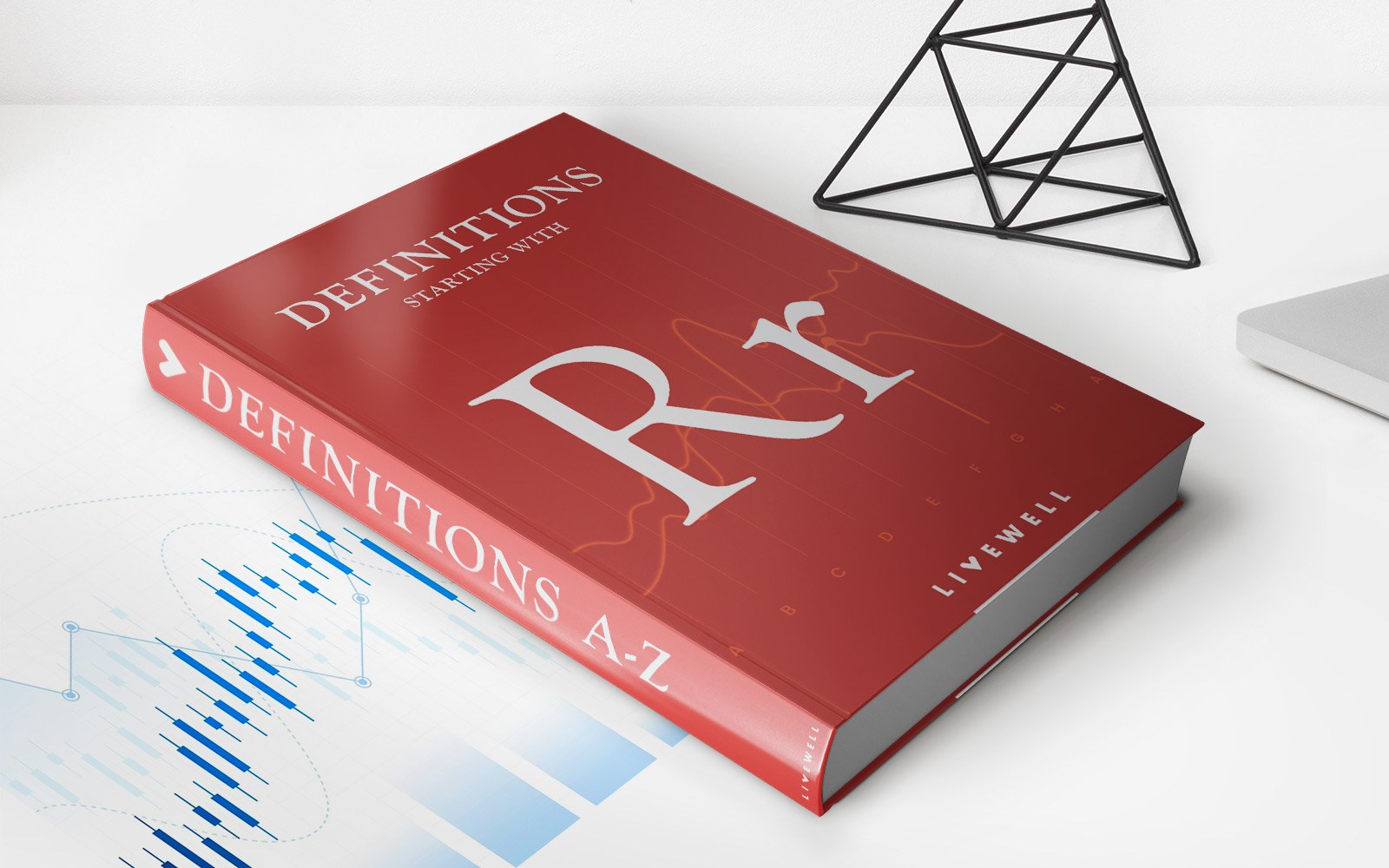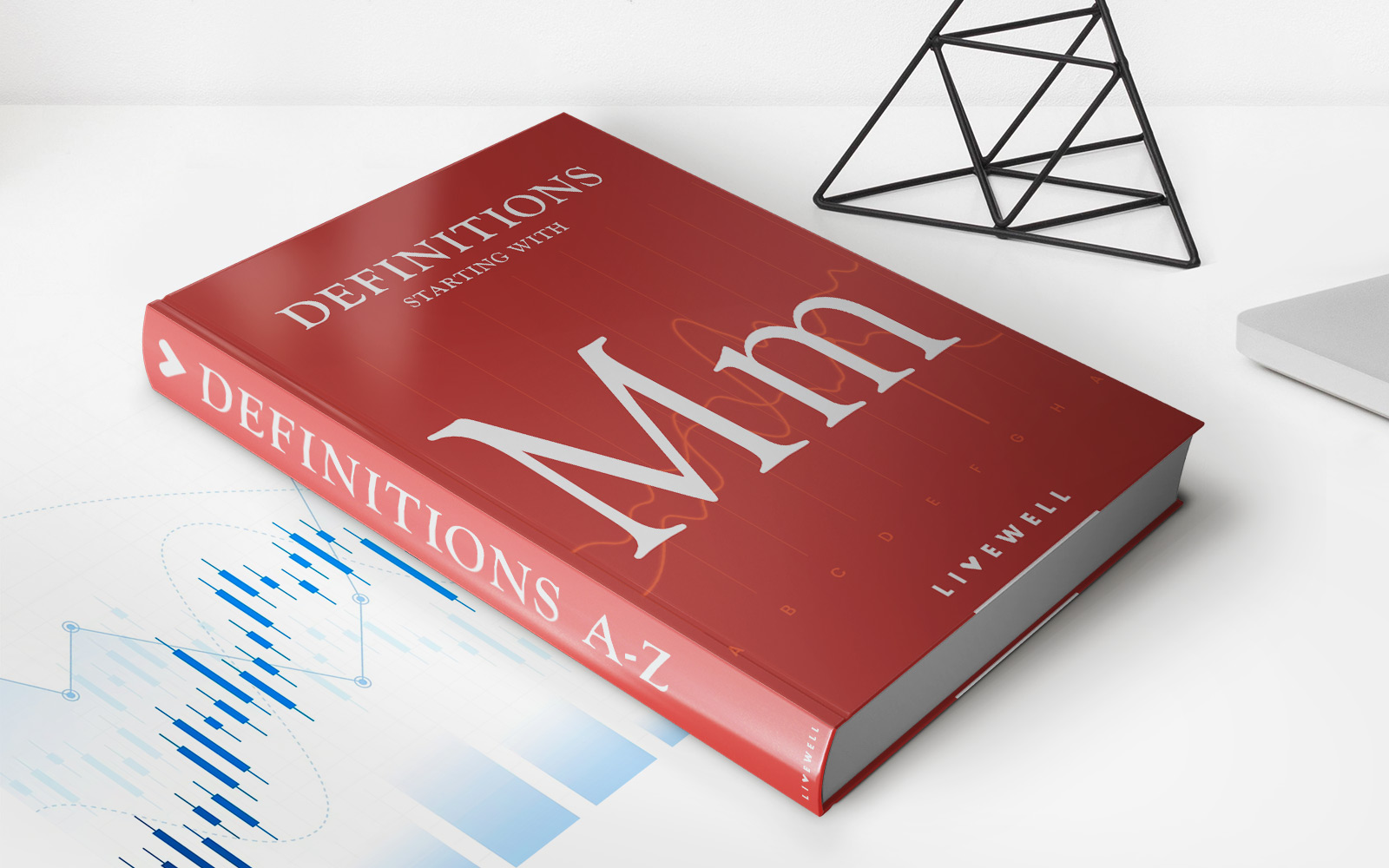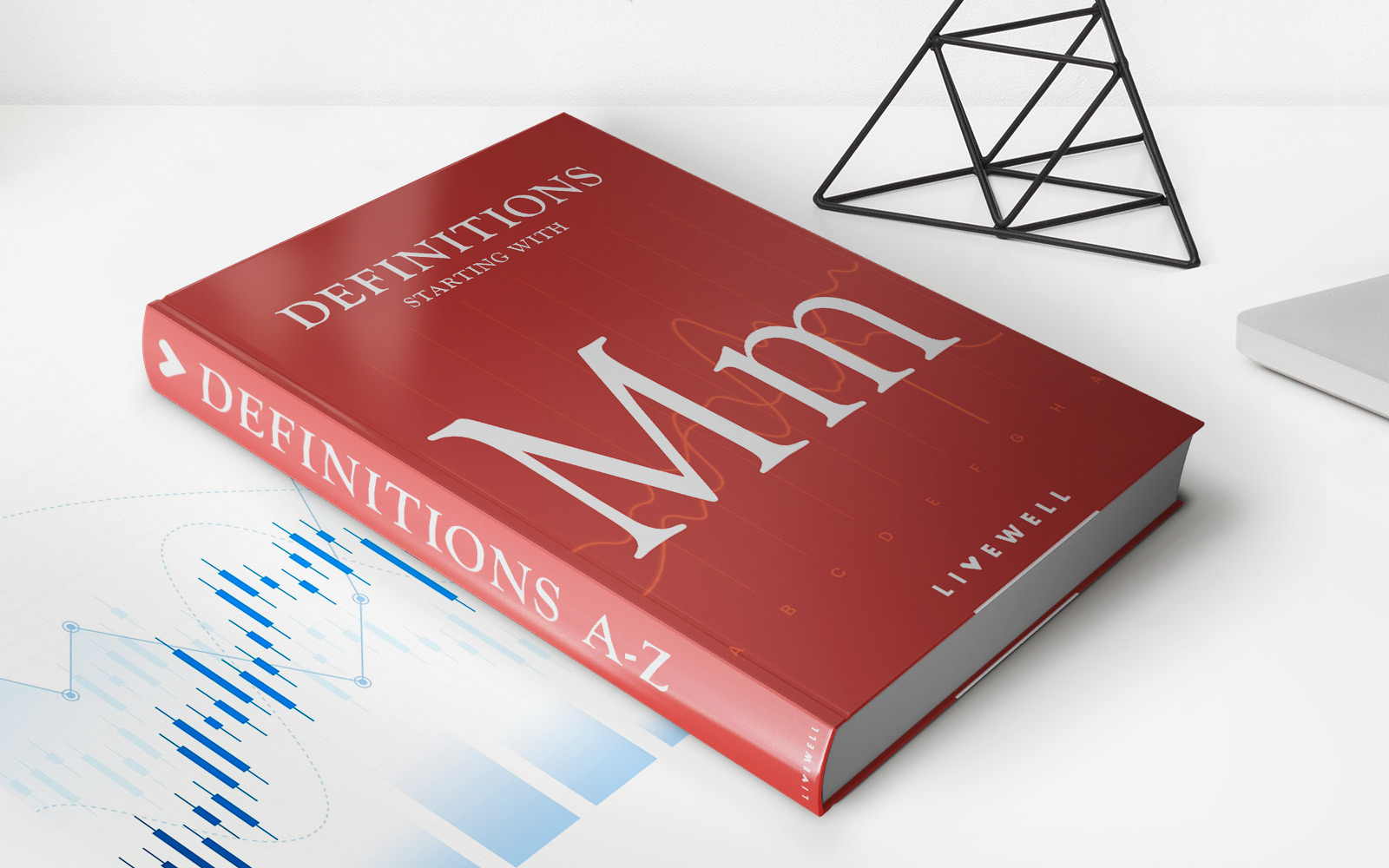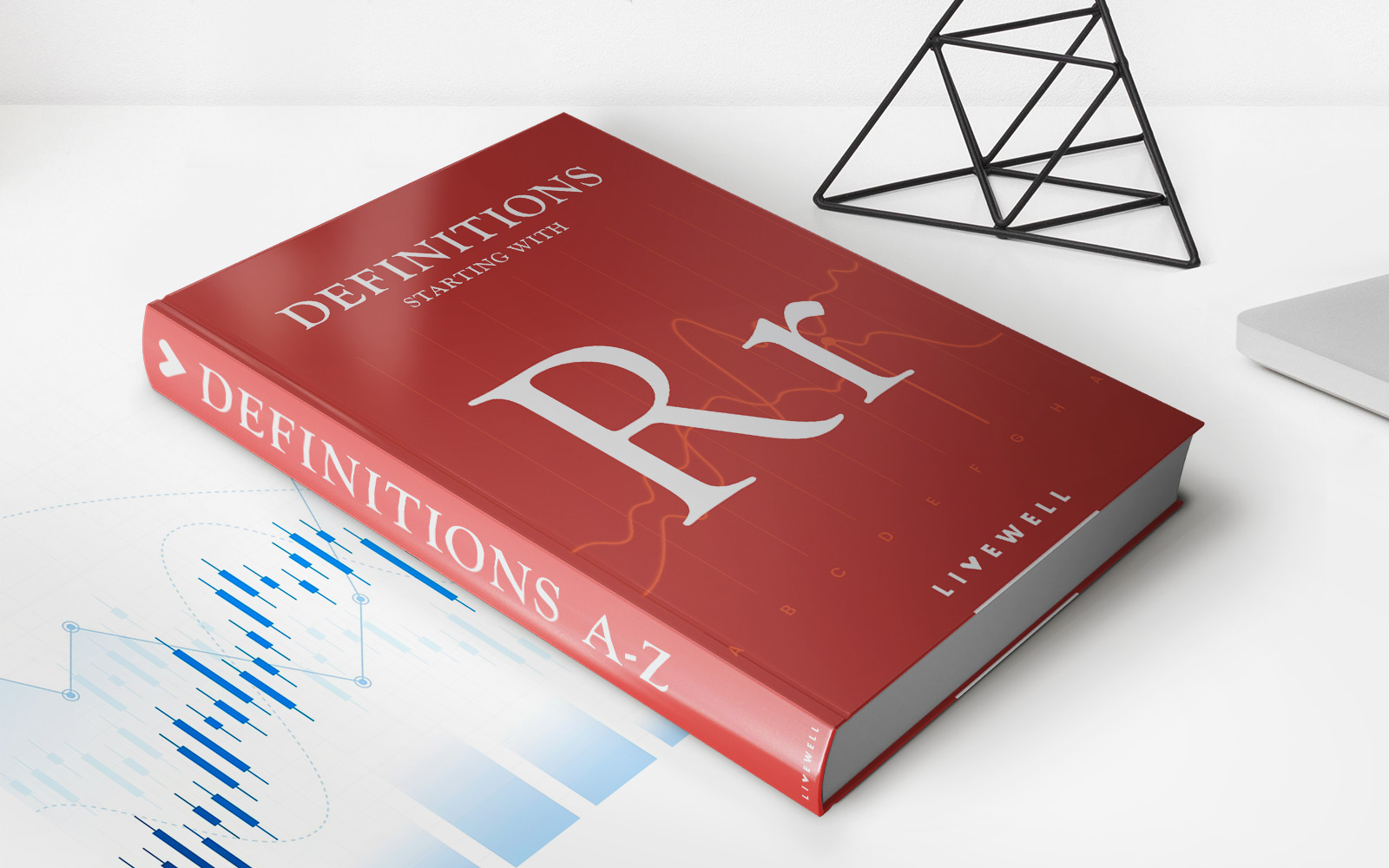Home>Finance>Plaza Accord: Definition, History, Purpose, And Its Replacement


Finance
Plaza Accord: Definition, History, Purpose, And Its Replacement
Published: January 8, 2024
Discover the Plaza Accord, a historic financial agreement that shaped global economies. Learn about its definition, purpose, history, and potential replacements in the world of finance.
(Many of the links in this article redirect to a specific reviewed product. Your purchase of these products through affiliate links helps to generate commission for LiveWell, at no extra cost. Learn more)
Understanding the Plaza Accord: Definition, History, Purpose, and Its Replacement
Have you ever wondered what the Plaza Accord is and how it has influenced global financial markets? In this blog post, we will unravel this significant event in finance history, exploring its definition, its historical background, its purpose, and what replaced it. Let’s dive in and discover the intricacies of the Plaza Accord.
Key Takeaways:
- The Plaza Accord was an agreement signed in 1985 between major economies to address the devaluation of the U.S. dollar and promote economic stability.
- It aimed to rebalance trade imbalances and stabilize currency exchange rates, particularly between the U.S. dollar, Japanese yen, German Deutsche mark, British pound, and French franc.
Defining the Plaza Accord
The Plaza Accord refers to an international agreement that was signed on September 22, 1985, in New York City. The participating countries included the United States, Japan, Germany, the United Kingdom, and France. The primary objective of this accord was to address the significant appreciation of the U.S. dollar and its impact on global trade.
At the time, the U.S. dollar had become overvalued due to its role as a safe-haven currency, leading to trade imbalances between countries. The agreement sought to tackle this issue by encouraging the depreciation of the U.S. dollar against other major currencies, primarily the Japanese yen and the German Deutsche mark.
The History and Impact of the Plaza Accord
To understand the significance of the Plaza Accord, we need to go back to the early 1980s. The U.S. dollar had been steadily appreciating, resulting in a massive trade deficit for the United States as its exports became more expensive. The participating countries recognized the need to address these imbalances and restore global economic stability.
As a result of the Plaza Accord, the participating countries intervened in foreign exchange markets by selling dollars and buying their own currencies. This led to a significant depreciation of the U.S. dollar, making American exports more affordable and imports more expensive. The designated exchange rate target was $1 to 130 Japanese yen, which was successfully achieved.
The Plaza Accord had a substantial impact on the global economy. The depreciation of the U.S. dollar helped to rebalance trade and reduce the U.S. trade deficit. It also played a crucial role in fueling Japan’s economic boom and the subsequent “Bubble Economy” of the late 1980s.
The Purpose and Replacement
The primary purpose of the Plaza Accord was to address the overvaluation of the U.S. dollar and restore global economic stability. However, as with any major financial agreement, its long-term consequences generated mixed results.
The Plaza Accord marked a significant shift in global economic policy, emphasizing cooperation among major economies to maintain exchange rate stability. It spotlighted the importance of open dialogue and policy coordination in addressing global financial issues.
Over time, the Plaza Accord faced criticism and challenges. Some argued that the interventionist approach to currency management had unintended consequences, including the inflation of asset bubbles and global financial imbalances. These concerns prompted the need for a new approach.
The Plaza Accord was eventually replaced by more market-oriented policies and frameworks, such as the G7/G8 meetings, the G20, and the principles of free-floating exchange rates. These newer frameworks aimed to strike a balance between stability and market forces, recognizing the complexities of today’s interconnected and fast-paced global financial system.
In Conclusion
The Plaza Accord was a landmark agreement that aimed to address the overvaluation of the U.S. dollar and restore economic stability. It marked a shift in global economic policy, emphasizing the importance of cooperation among major economies. However, its long-term impact and consequences have been debated, leading to the adoption of new frameworks that balance stability and market-driven forces.
Understanding historical events like the Plaza Accord is crucial in comprehending complex financial systems and their influence on our global economy. It serves as a reminder of the intricate relationship between countries, currencies, and the importance of ongoing dialogue to mitigate risks and promote stability in the financial markets.
Thank you for joining us on this journey through financial history. If you have any questions or wish to explore more finance-related topics, feel free to explore our finance category.

